What is the tolerance range of precision screws?
What is the tolerance range of precision screws?
Service Hotline
+86760-8787 8587We have more than ten years of production experience in the screw industry, the main products are: hexagonal screw, supply nylon nut, wholesale cage nut, set complete screw nut, green screw, set combination / screw nut, chamfered hexagon socket head bolt and nut, lead screw Connector nuts, hexagonal elongated nuts, screws and nuts, hardware screws, percussion flat cap rivets, iron expansion bolts, all kinds of non-standard screws, knurled nuts, thread rods and other fasteners, Due to the different materials and specifications of the products, the prices are also different, please contact us if necessary.


Inspection method There are two types of screw surface inspection, one is the inspection before the screw is produced and not plated, and the other is the inspection after the screw is plated, that is to say, after the screw is hardened and the surface of the screw is treated. . After the screws are produced and before electroplating, we inspect the screws in various aspects such as size and tolerance. See if there are national standards or customer requirements. After the surface treatment of the screws, we will inspect the plated screws, mainly to check the color of the plating and whether there are any broken screws. In this way, when we deliver screw goods to customers, customers can successfully pass the customs when they receive the goods. Inspection of screws after treatment: 1. Appearance quality requirements The inspection of the appearance of screws is carried out from the aspects of appearance, electroplating layer and so on. Second, the inspection of the thickness of the screw coating 1. The measuring tool method uses a micrometer, a vernier caliper, a plug gauge, etc. 2. Magnetic method The magnetic method is used to measure the thickness of the coating layer, which is a non-destructive measurement of the non-magnetic coating layer on the magnetic substrate with a magnetic thickness gauge. 3. Microscopy Microscopy is called metallographic method, which is to magnify the etched fasteners on a metallographic microscope with a micrometer eyepiece to measure the thickness of the coating on the section. 4. Timing flow method The timing flow method uses a solution that can dissolve the coating to flow on the local surface of the coating, and calculates the thickness of the coating according to the time required for the local coating to dissolve. There are also coating drop method, anodic dissolution Coulomb method, etc. 3. Inspection of the adhesion strength of the screw coating There are many methods for evaluating the adhesion between the coating and the base metal, usually the following. 1. Friction polishing test; 2. File method test; 3. Scratch method; 4. Bending test; 5. Thermal shock test; 6. Extrusion method. 4. Inspection of corrosion resistance of screw coatings The corrosion resistance inspection methods of coatings include: atmospheric exposure test; neutral salt spray test (NSS test); acetate salt spray test (ASS test), copper accelerated acetate salt spray test (CASS) test); and corrosion paste corrosion test (CORR test) and solution spot corrosion test; immersion test, inter-dipping corrosion test, etc.
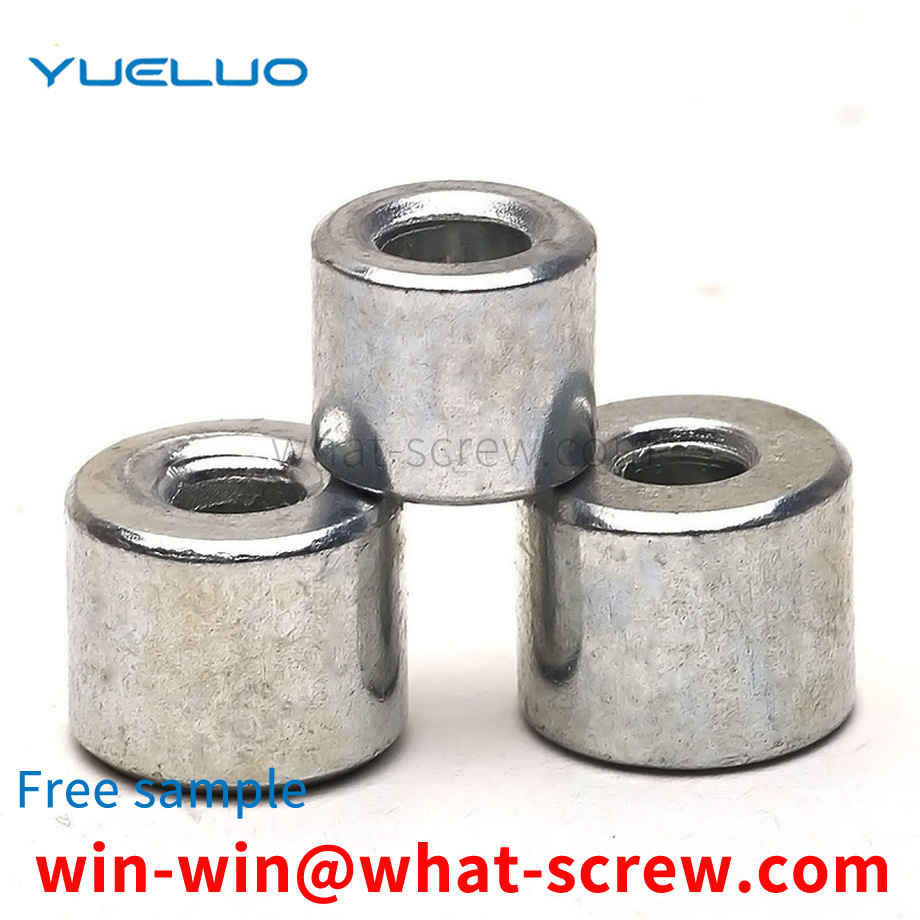
The anti-theft screw of this structure has two disadvantages. One is that the polygonal block moves up and down in the polygonal hole, and the polygonal hole in the connecting piece and the polygonal hole on the threaded part have no limit structure. Because of the polygonal structure, the two If the polygonal holes of the parts cannot be aligned, dislocation occurs, and any edge may block the up and down movement of the polygonal block, which is very unsmooth during use. The second is that the shell of the lock cylinder and the hexagonal part are connected by pins, and the pins are exposed on the hexagonal parts, which are easily damaged and leave opportunities for theft; once the pin is pried off, the lock cylinder will be taken out, and the entire anti-theft screw will be lost. and the pin fixation is sometimes unstable, which is detrimental to theft.
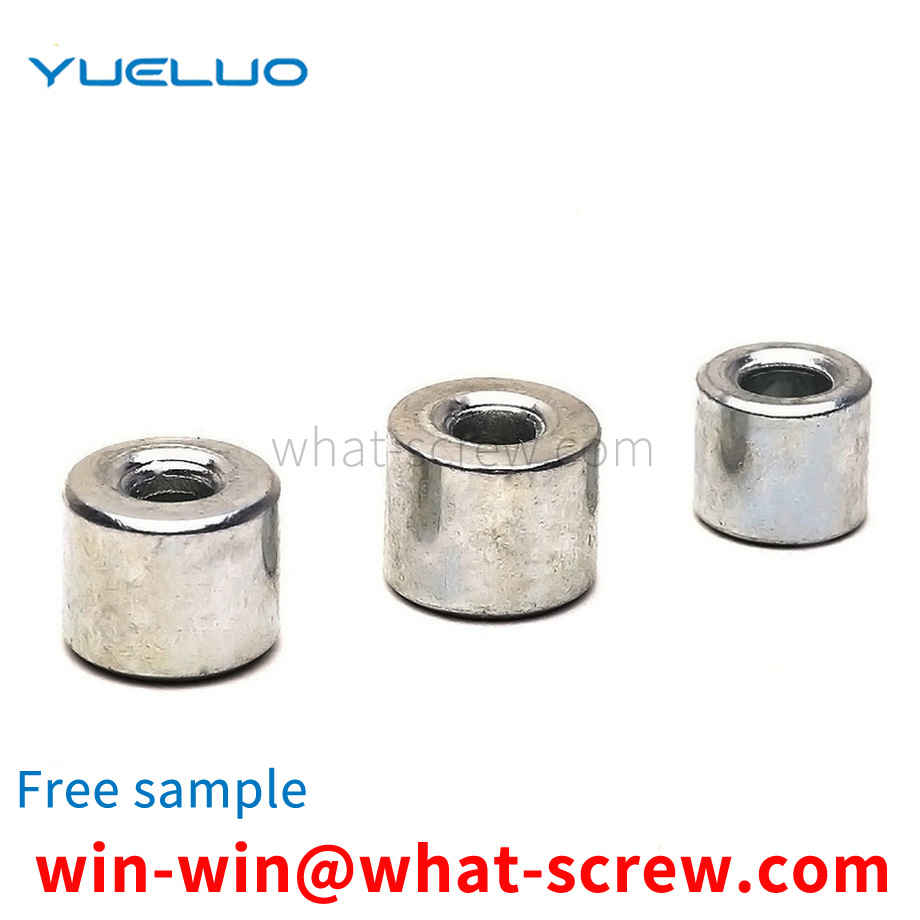
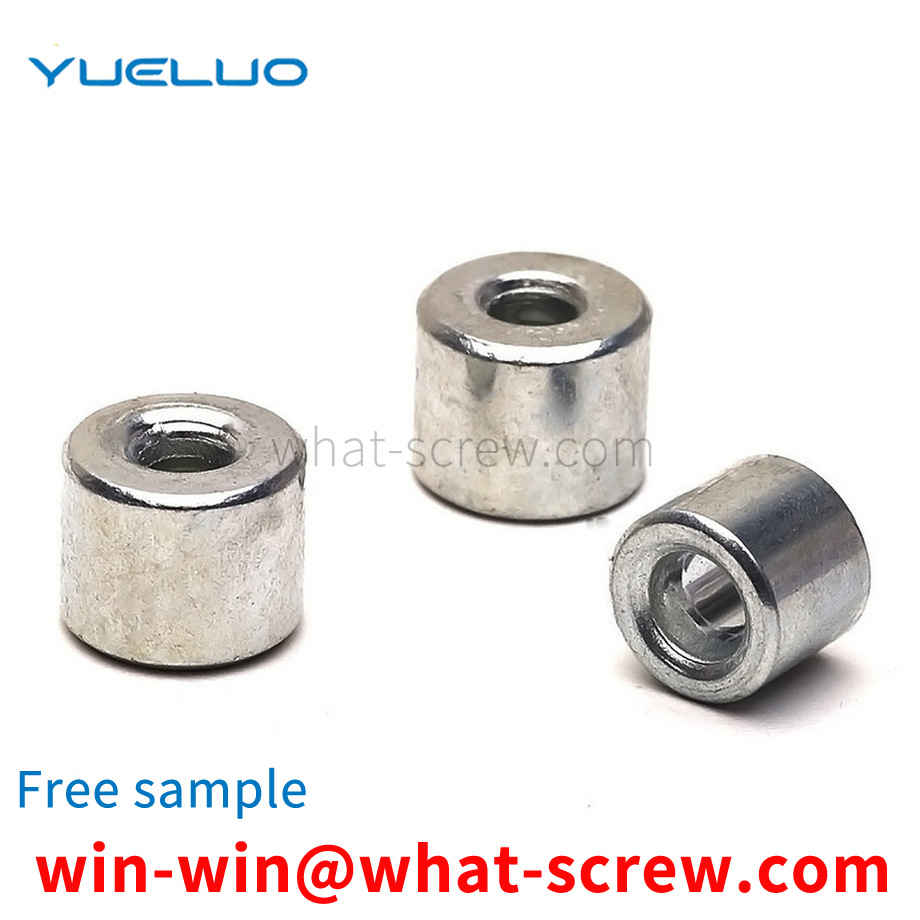
The main operation method of the embedded knurled copper nut of the lock nut is injection molding. After heating, it is embedded into the plastic part or directly injection molded. If injection molding is used, the melting point of P/NYLOY/PET is above 200°C. , After the embedded nut is hot melted into the plastic part, the temperature rises rapidly. After injection molding, the plastic body rapidly cools and crystallizes and hardens. If the embedded nut temperature is still at a high temperature, it may fall to the place where the copper nut contacts the plastic part. Start to loosen or crack. Therefore, copper nuts are used instead of carbon steel nuts in the injection molding of embedded nuts.
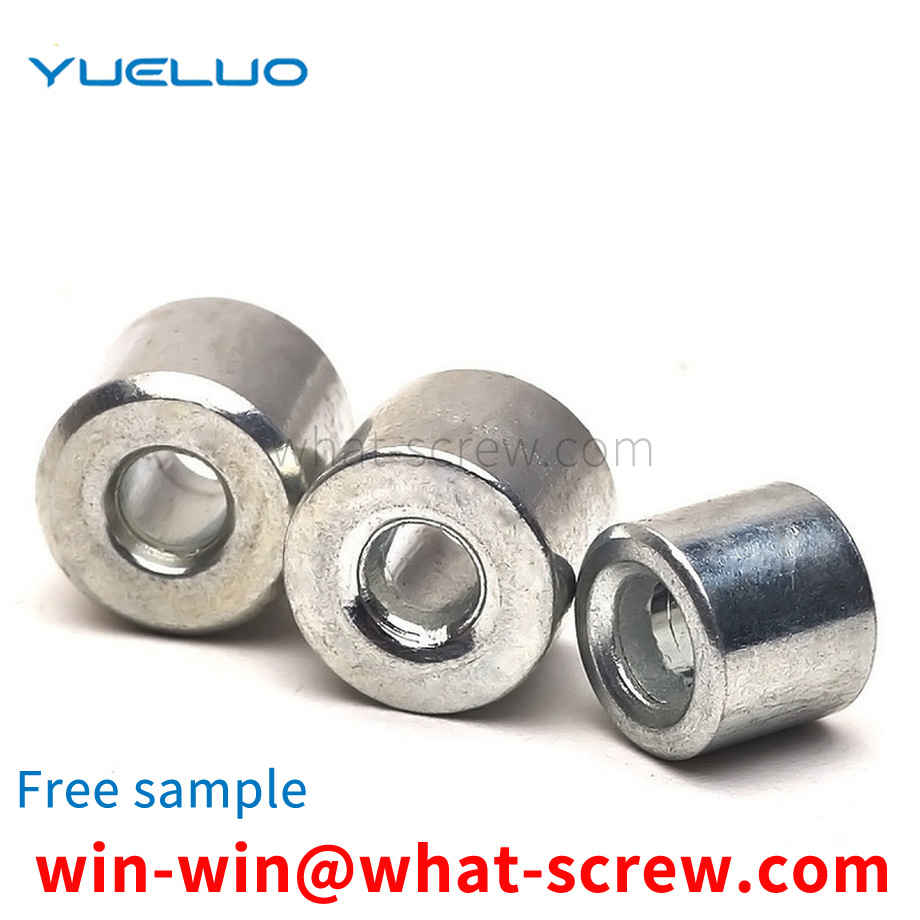
The use of stainless steel screw lines: The hardness of stainless steel screw lines causes them to have different uses. Generally, they are used as small screws in life, but also as car screws and compression screws. They are widely used in normal life. Types of stainless steel screw lines: In appearance, screw lines are generally divided into fog surface spring lines and bright surface screw lines. The hardness of matte surface screw lines is higher than that of bright surface screw lines. For products with low appearance requirements and relatively high elasticity requirements. Paper, oxalic acid, fertilizer and other production equipment; photography, food industry, facilities in coastal areas, ropes, CD rods, bolts, nuts.
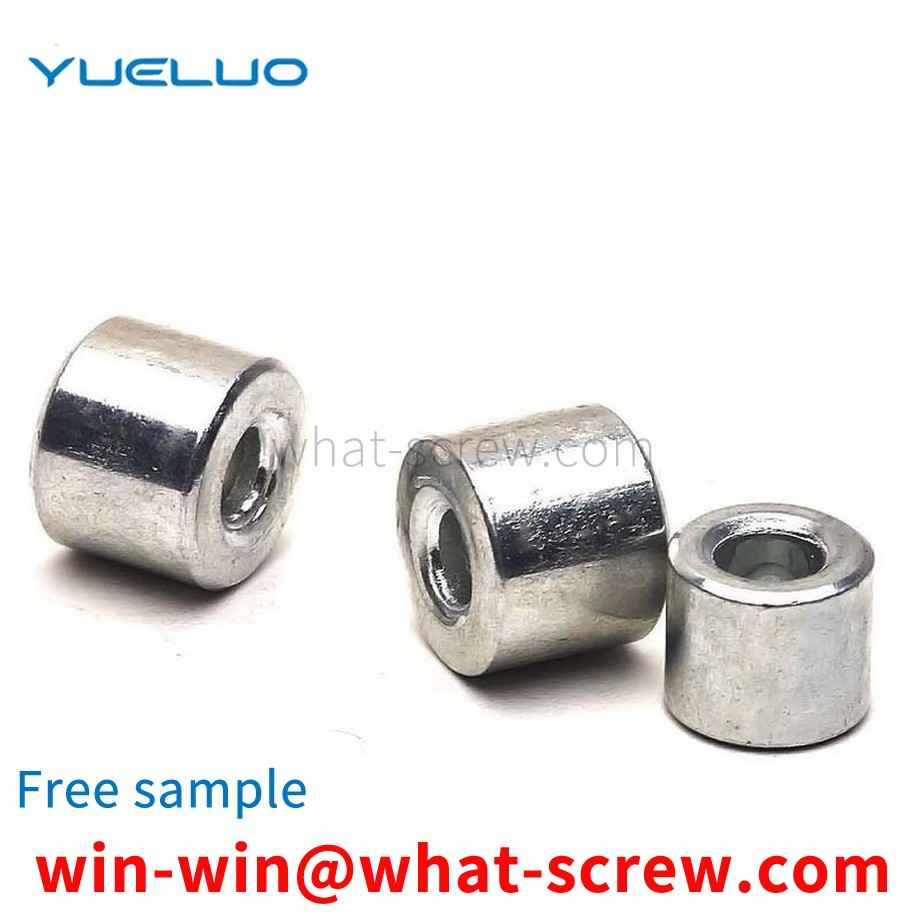
The above content is uploaded by Yueluo or the Internet. If there is any copyright issue, please contact [email protected].

What is the tolerance range of precision screws?

How to choose the right stainless steel screw manufacturer?

Why is there an R angle under the head of the hexagon head s...
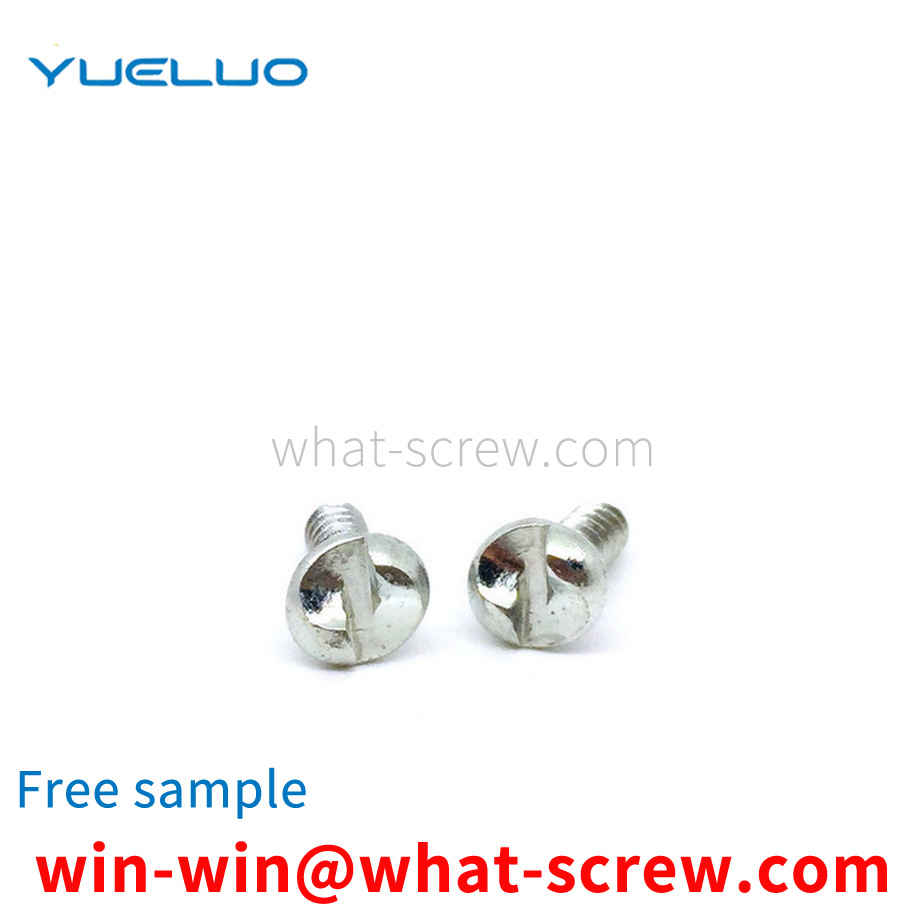
We have more than ten years of production experience in the ...

We have more than ten years of production experience in the ...
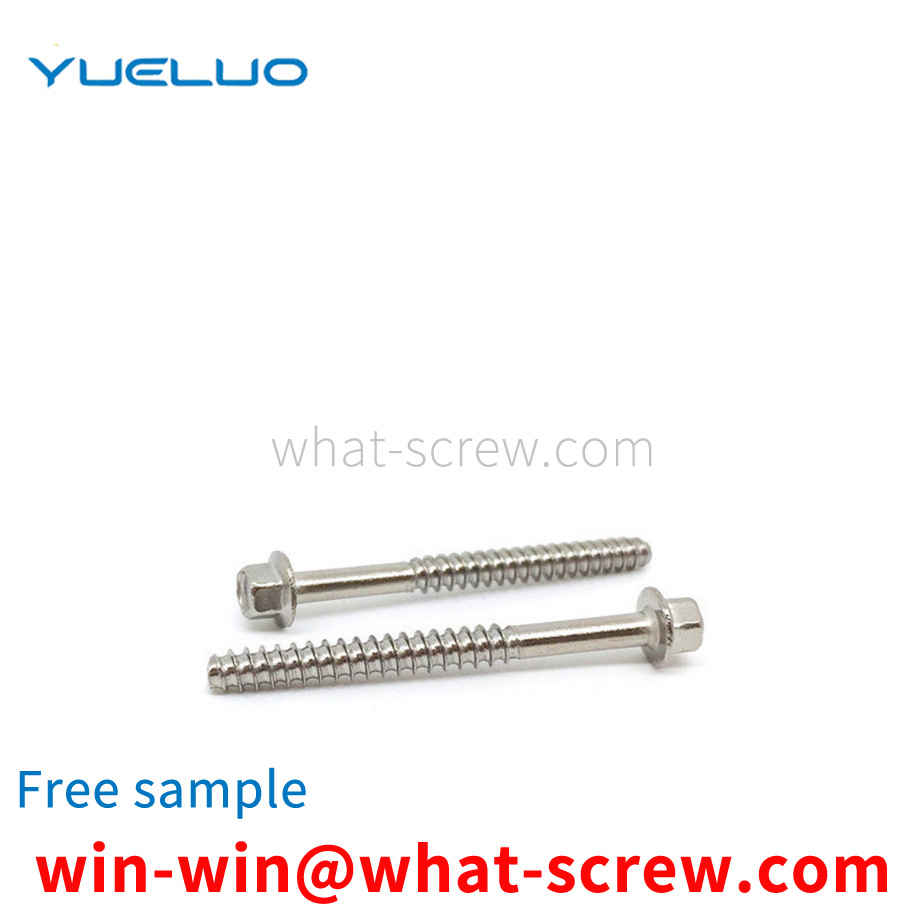
We have more than ten years of production experience in the ...
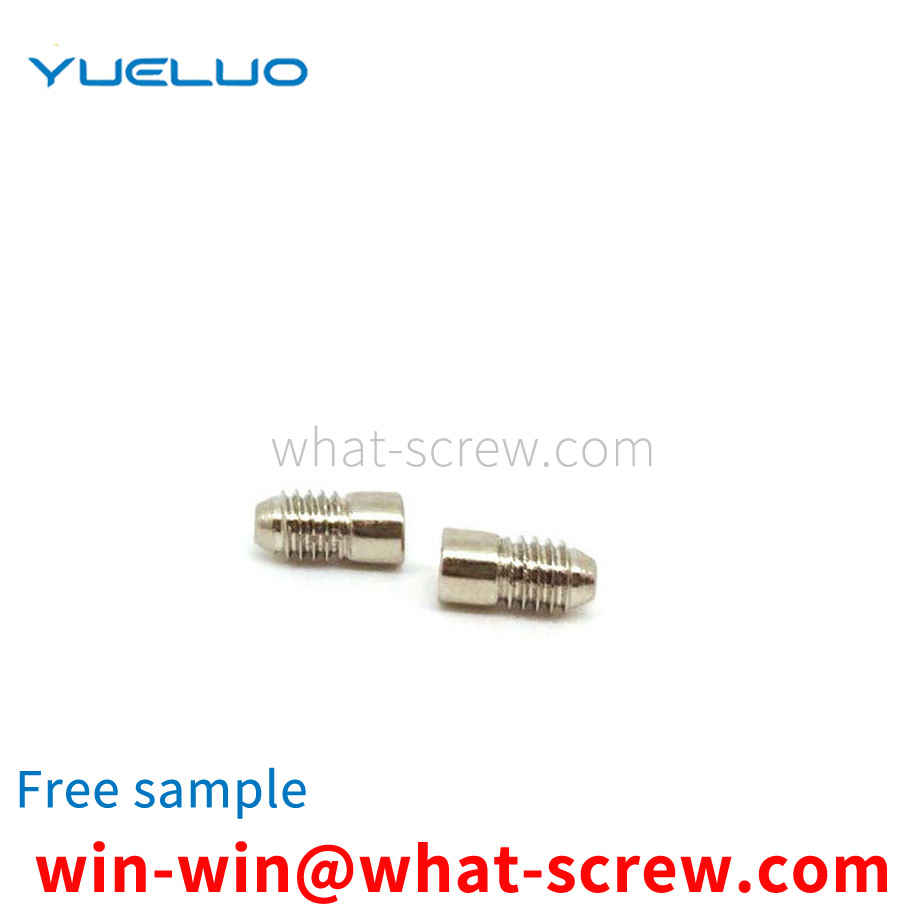
We have more than ten years of experience in the production ...